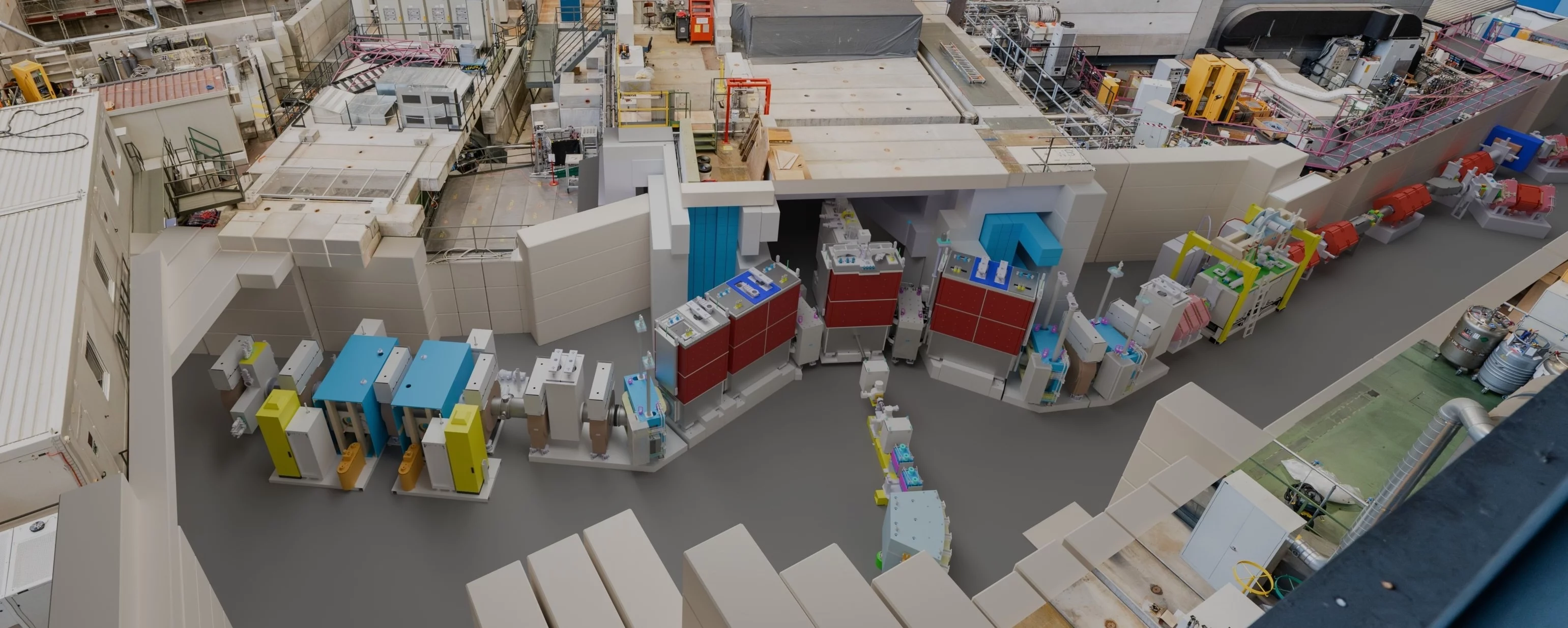For HIMB (High-Intensity Muon Beams) one of the existing target stations at the HIPA accelerator with its two connected beamlines will be completely dismantled and rebuilt. The new target station will feature an optimized design to maximize the production of low-energy, positive muons, ideally suitable for particle physics and condensed matter research. To improve the muon rates available for experiments by up to two orders of magnitude to 1010 muons/s, two radiation-hard, large-aperture capture solenoids will be located in close proximity on either side of the production target. The subsequent muon beam transport is based on large-aperture solenoids and dipoles capable of transmitting a large phase space. This combination allows the capture and transport of about 10% of the emitted low-energy muons to the experimental areas, thereby greatly improving the transmission over that of the current beamlines (see SμS beamlines or CHRISP Secondary Beam Lines), which typically operate at the permil level.
